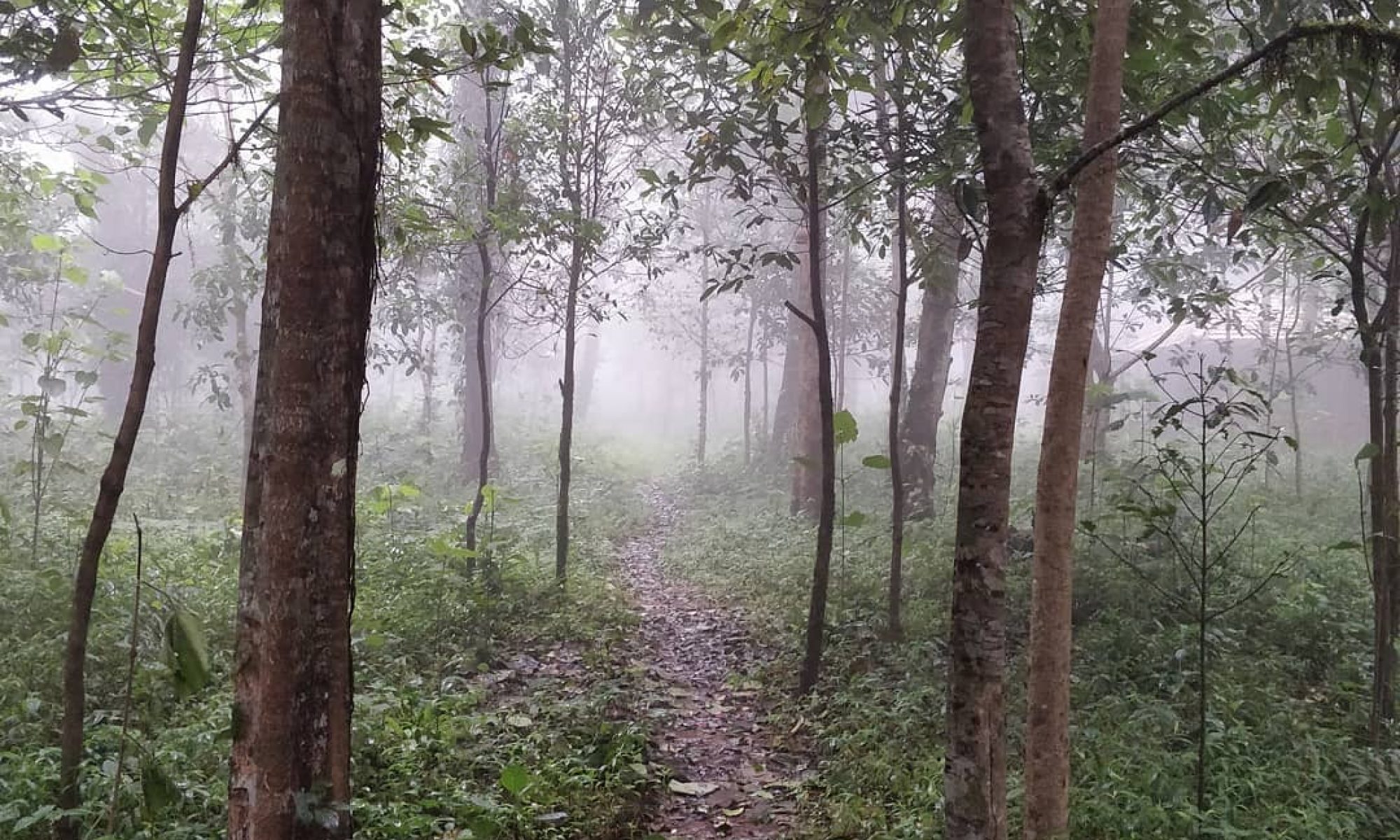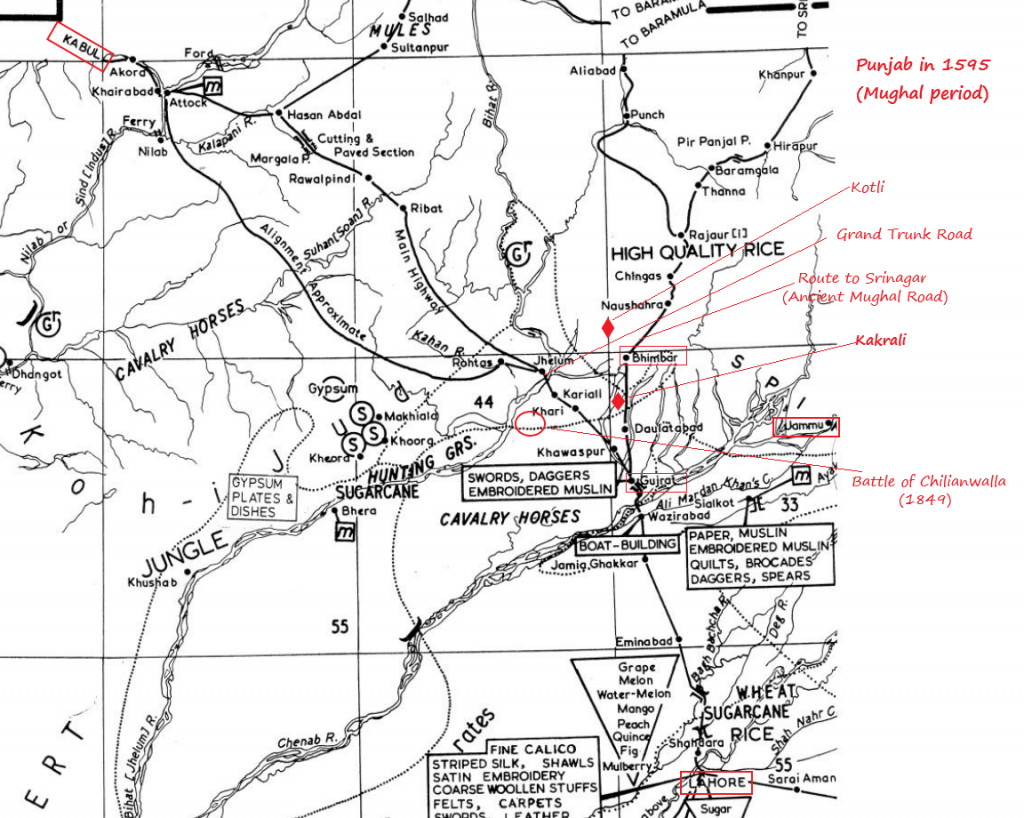Post my trip to Haridwar in search of my roots, I started researching about the society my ancestors lived in, what drove them, why they did what they did, what was the world around them and so on. This is the first of many posts on that. I hope this motivates you to dig deeper into your own past as well.
You can view my family tree here.
My grandfather of eleven generations ago, Hari Chand Bedi, was born around the year 1700 in a small town in Punjab (now in India) on the banks of the river Ravi called Dera Baba Nanak. This was the last abode of the founder of Sikhism – Guru Nanak Bedi and was established after his death by the Bedi Khatris to which caste he belonged and where a lot of his initial followers came from.
This was a country in significant turmoil. With the decline of the Mughal empire in the late 1600s, Punjab was a bit of a wild west with Sikh misls (or tribes) fighting amongst each other for supremacy, coupled with Afghan armies raiding the lands and not to forget the Marathas moving northwards towards Delhi and beyond.
Bedi’s belong to the Hindu sub caste of Khatris who were a warrior turned mercantile class, business was in their blood and they were the bankers and traders of their times. Sensing that this was definitely not a safe place to raise a family or run a business, Hari Chand Bedi decided to move 300 kms north to a small town in the Kashmir Himalayan foothills called Kotli (now in Pakistan). Which then was away from the Punjabi badlands and part of a small kingdom run by the Chhib kings and was near the ancient Mughal route to the capital of Kashmir – Srinagar (see map).
Being a new immigrant into the kingdom, he settled and did well for himself. His son, Sabla Mal Bedi was born around 1730 and continued in his fathers footsteps. Meanwhile back in Punjab, the warring and looting continued. Nadir Shah travelled on the ancient route from Kabul to Lahore (see map) and ransacked Delhi in 1738 followed by Ahmad Shah Abdali’s raids from 1748 onwards. On one of his travels back to Afghanistan, he used the northern route and passed through the town called Gujrat on his way back home – he would rule that for a while and this area would also be the future home of my family a few generations later.
Sabla Mal had a son – Dana Mal Bedi (@ Dhanne Shah) in about 1750. Hari Chand passed away in 1750 followed by Sabla Mal in 1780. By that time the family had grown and saw opportunities of growth in the capital of the Chhib kingdom – Bhimber (or Bhimbar) and Dana Mal relocated there. Bhimber was the starting point of the ancient Mughal route that Akbar and other Mughal emperors had used to travel to Kashmir and so was an established trade route, the gateway between the Punjab plains and the high value rice growing fields of Rajouri and beyond. Certainly a great place to grow the business for a merchant and Dana Mal did well.
Meanwhile, elsewhere in India, the British were trying to establish their foothold – The Battle of Plassey was fought in 1757 and so was the 3rd battle of Panipat in 1761. In Punjab, a one eyed young man called Ranjit Singh had united the various warring Sikh factions and created the first Sikh kingdom in 1780. This was the start of peace in the area which, I am sure, all the Punjabi diaspora including Dana Mal were watching closely.
Ram Dayal Bedi was born in 1775 to Dana Mal and later married Swaroop Devi. He died in 1818 in Bhimber leaving behind five sons of whom Hukam Chand Bedi, born around the year 1800 was my grandfather six generations separated.
Meanwhile, Emperor Ranjit Singh was now trying to expand his kingdom, Bhimber was first attacked in 1812 by the Sikhs and the entire Chhib kingdom annexed in 1819. I can’t say if the timing of Ram Dayal’s death had any correlation to the uncertain times in Bhimber, but this certainly opened newer opportunities for the family. I found that the family now owned lands near the city of Gujrat in a village called Kakrali which they must have acquired over years (see map).
In around 1840 the Bedi family moved from their home base in Bhimber to Kakrali where they would stay till India’s partition into India and Pakistan in 1947.
Interestingly, as I was scouring the web and other documents for more details, I chanced upon a posting by someone who later turned out to be from the lineage which started from another son of Ram Dayal Bedi – Tehel Das (@Tehle Shah) who lived between 1800-1850.
Mr CL Bedi, who’s family tree merges with mine eight generations ago and now lives in Noida in the National Capital Region, India happens to be that person. He has done extensive research on the genealogy of our family as well. We have talked over the phone and I am eagerly looking forward to meeting him as soon as COVID abates.
He found that Tehel Das was a rich and deeply religious person who had donated a part of his farmland, located near Kakrali for charitable purposes. It was for the benefits of the tired passersby travelling on foot or by animal driven carts, on the ‘kutcha’ road (about 28 to 30 miles) from Bhimber to Gujrat (this was part of the Mughal road that I have talked about earlier).
The donated land had the arrangements of water, food and overnight stay for the passersby and their animals. This place was located, near Kakrali at about 10 to 12 miles from Bhimber and was popularly known as “Thehle Shah da Chhappar” (Thehle Shah’s shelter).
Mr. Buti Lal Bedi (Mr CL Bedi’s father’s cousin) told that one of his friends in Pakistan informed him in 1974, that land of the said ‘Chhappar’ was later-on acquired by the Govt. of Pakistan and converted into a Public Bus-Stand.
I will post about the period from 1850 till the current times in subsequent posts. In the meanwhile, feel free to reach out to me (rahulbedi2002@gmail.com) in case you want any help or guidance to research your own history.
Credits: The map is from “An Atlas of the Mughal Empire” by Irfan Habib.
PS: Some of the individual’s birth and death dates mentioned here are based on my calculations of average lifespans in the relevant centuries and tested with the actual date of deaths and the dates when their names were first recorded in the genealogical records.

